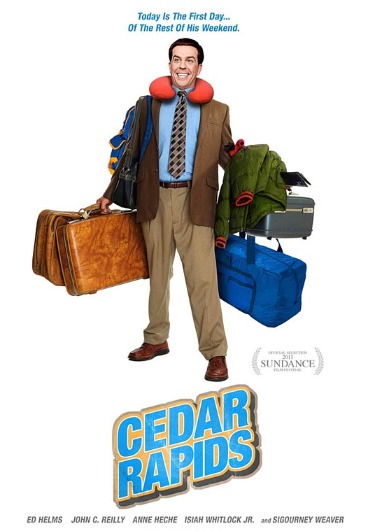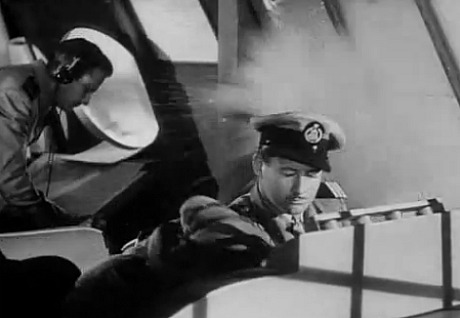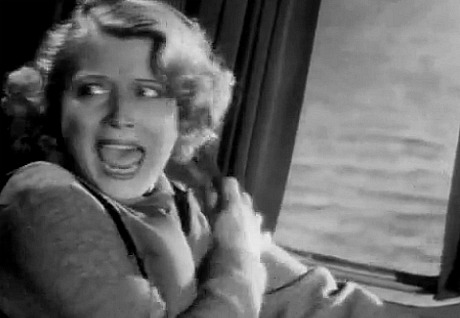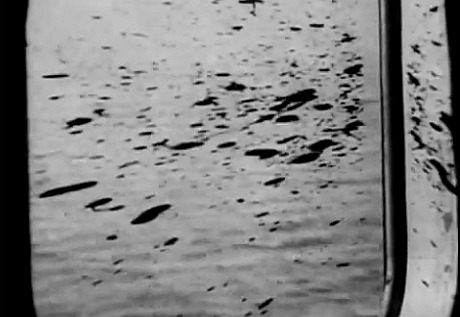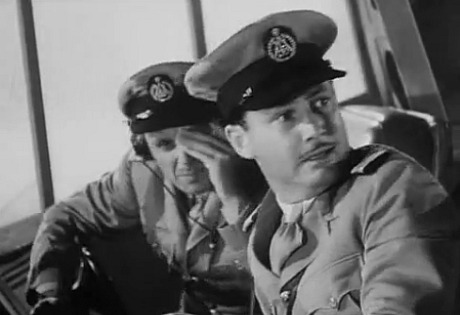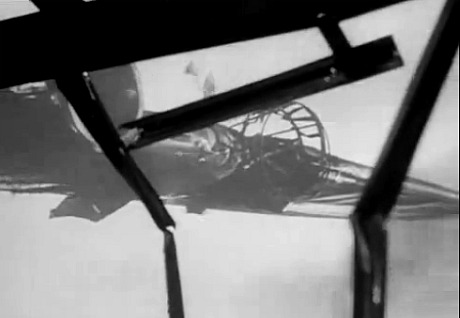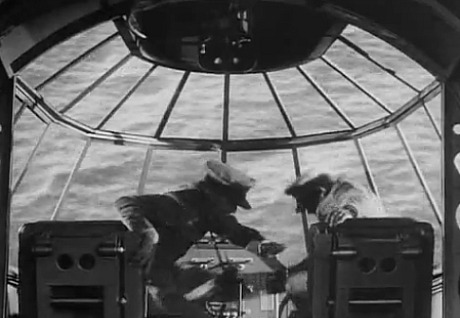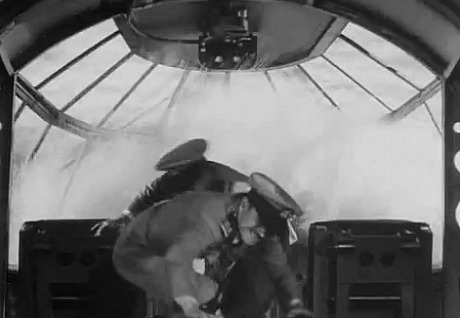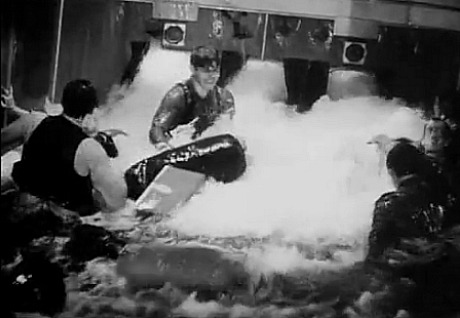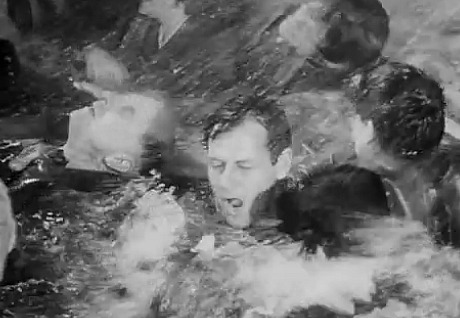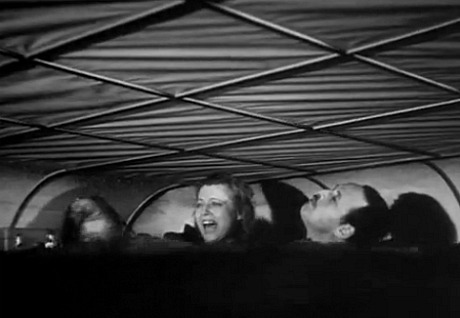I’m getting quite tired of reading dismissive remarks about The Social Network along the lines of a comment posted today by an HE reader called dayXexists. “I found very little emotional resonance in The Social Network,” he wrote, “[because] it’s just about some college kid who is an asshole and screws over his best friend.
“That’s why I’m so baffled about all the fanboys throwing such a big stink over TSN supposedly being so superior to TKS. I don’t think either come anywhere near Black Swan, The Fighter or even 127 Hours.”
I have no beef with anyone preferring these three films to TSN or TKS, but there’s a 10.9.10 Maureen Dowd column that requires a fresh review. It reminded me that The Social Network is afflicted with the same story virus that compromises Das Rheingold, that semi-boring hack opera by the overbearing Richard Wagner.
“They had me at the mesmerizing first scene, when the repulsive nerd is mocked by a comely, slender young lady he’s trying to woo,” Dowd began. “Bitter about women, he returns to his dark lair in a crimson fury of revenge.
Das Rheingold “unfolds with mythic sweep, telling the most compelling story of all, the one I cover every day in politics: What happens when the powerless become powerful and the powerful become powerless?
“This is a drama about quarrels over riches, social hierarchy, envy, theft and the consequence of deceit — a world upended where the vassals suddenly become lords and the lords suddenly lose their magic.
“The beauty who rejects the gnome at the start is furious when he turns around and betrays her, humiliating her before the world. And the giant brothers looming over the action justifiably feel they’ve provided the keys to the castle and want their reward. One is more trusting than the other, but both go berserk, feeling they’ve been swindled after entering into a legitimate business compact.
“The antisocial nerd, surrounded by his army of slaving minions, has been holed up making something so revolutionary and magical that it turns him into a force that could conquer the world.
“The towering brothers battle to get what they claim is their fair share of the glittering wealth that flows from the obsessive gnome’s genius designs.
“The gnome, remarkably, invents a way to hurl yourself through space and meet up with somebody at the other end.”
The themes in The Social Network, in short, are “strikingly similar” to those in Das Rheingold. The timeless echoes in Wagner’s opera, “based on the medieval German epic poem Das Nibelungenlied, which some experts say helped inspire J. R. R. Tolkien‘s The Lord of the Rings, underscore how little human drama changes through the ages.
“We are always fighting about social status, identity, money, power, turf, control, lust and love. We are always trying to get even, get more and climb higher. And we are always trying to cross the bridge to Valhalla.”

